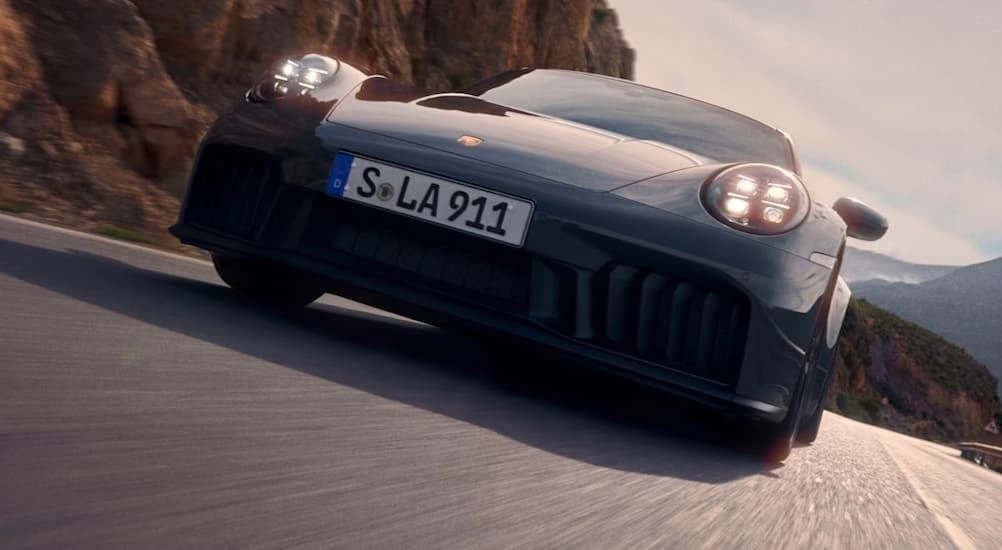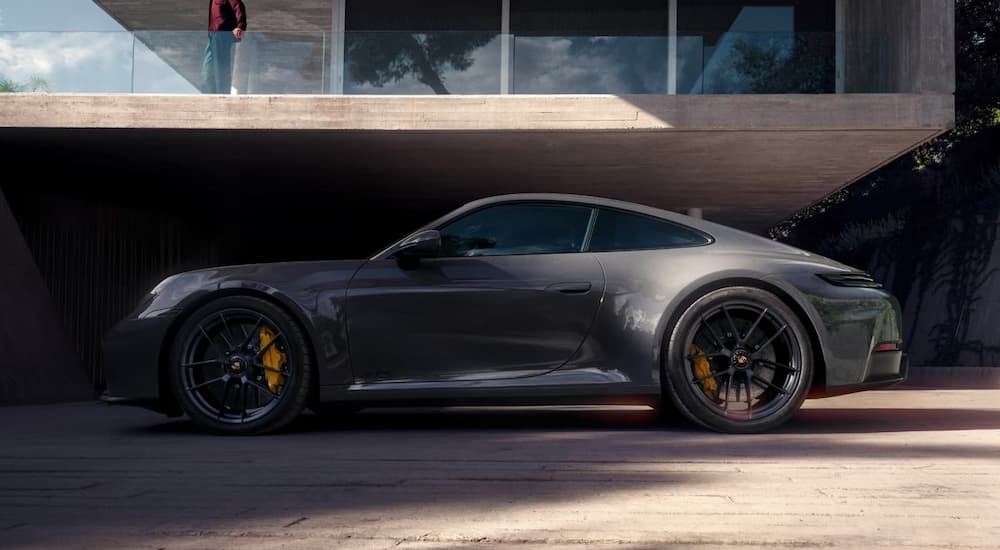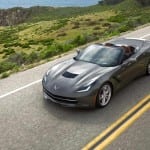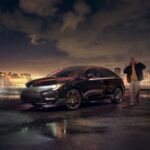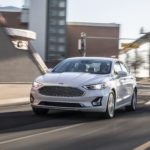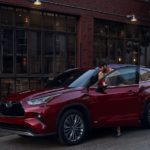Those who think that hybrid powertrains can’t compete with their traditional gasoline counterparts simply haven’t been paying attention. While early hybrids put the emphasis on fuel efficiency, automotive engineers have been steadily uncovering the performance potential of a little electrification. From the ability to increase horsepower and torque to the sort of advanced equipment that’s possible thanks to the high-voltage electric architecture, hybrids have come a long way in the last few decades. With the segment steadily maturing, it’s no surprise to see some legacy performance brands take a stab at the hybrid approach, but even I have to admit that I never thought I’d see the day when the Porsche 911 got the hybrid treatment.
The new hybrid powertrain has the potential to revolutionize the 911 from a performance perspective but will be limited to the Carrera GTS trim for the 2025 model year. Those opting for the base Carrera will find a non-electrified 3.0-liter twin-turbo flat-six under the hood. This 388-horsepower engine also bears some new components, including an intercooler and turbocharger borrowed from the previous GTS, but the new hybrid really deserves all the headlines. The 911 Carrera GTS hybrid is likely just Porsche’s opening volley in a campaign that will see the German automaker hybridize a majority of the 911 lineup, including other popular trims like the Carrera S, Turbo, and Turbo S.
With a top speed of 194 mph and a zero to 60 mph time of 2.9 seconds, the hybrid 911 Carrera GTS is actually 0.3 seconds quicker than the 2024 version with its old-fashioned pure internal combustion. Of course, Porsche being Porsche, the hybrid defies more than a few expectations. First off, it’s not a plug-in, meaning drivers will still have to pull up to the pump at regular intervals. The 911 hybrid also can’t be driven solely on electric power, but it’s part of a performance-related trade-off that most drivers will probably be able to live with. So what can drivers expect from the new, hybridized Porsche, and can it possibly live up to the high bar that the 911 has set over the last six decades? There’s only one way to find out, so climb in as we take a lap and see what the Porsche 911 hybrid has to offer.
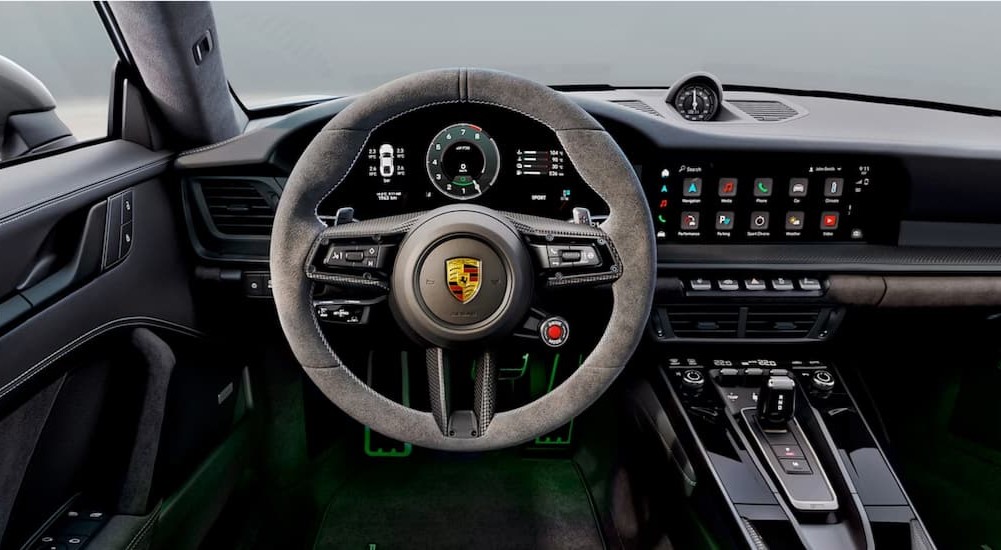
A Different Hybrid Approach
Porsche has been eyeing 911 electrification for some time, but when you’re a brand that’s synonymous with top-tier performance, it’s important not to jump the gun. Former chief engineer August Achleitner admitted as much when the 911’s 992 generation hit the market in 2019, suggesting that the current generation of hybrid batteries had yet to meet Porsche’s high standards. “We would not be satisfied with today’s battery technology,” said Achleitner. “We could offer it today, of course, [it would] run quite good, but not quite good enough for us.”
A half-decade later, it looks like it was well worth the wait. Porsche’s 400-volt T-Hybrid system (short for “Turbo Hybrid”) is composed of two motors and powered by a 1.9-kWh battery that punches well above its weight to give the 911 a crucial boost. Porsche has managed to avoid one of the most common pitfalls in hybrid and EV development: weighing down a vehicle to such an extent that it impacts performance. The battery––which is 50 times smaller than the one found in the Macan Electric SUV––adds just 60 pounds to the 911’s total weight. Factor in the rest of the hybrid components, and you’ve got a hybrid 911 that’s just 103 pounds heavier than the outgoing 911 GTS.
Each of the T-Hybrid system’s two electric motors is tasked with a very specific responsibility. The first, a permanent magnet synchronous motor, is mated to the eight-speed dual-clutch transmission, providing the 3.6-liter boxer engine with an extra 45 hp and 110 lb-ft of torque. The other motor powers the turbocharger, churning out 27 horsepower. These two motors combine with the gasoline engine to give the 911 hybrid a total output of 532 horsepower and 449 lb-ft of torque, outpacing the previous GTS by almost 60 horsepower.
The turbocharger’s dedicated motor also gives the 911 hybrid a real leg-up over its predecessor, virtually eliminating the dreaded turbo lag that can be so frustrating when you’re behind the wheel. While the former GTS took as long as three seconds to achieve maximum boost, the new T-Hybrid version can achieve even higher boost pressure in just under a second. This innovative motor actually pulls double duty under the hood of the 911, both enhancing the turbocharger and harnessing exhaust gas to act as an 11 kWh generator that can provide the system with a little extra juice.
There is one downside to the 911’s new, cutting-edge hybrid technology: it leaves no room for a manual gearbox. This is sure to annoy some Porsche purists, but the majority of drivers will probably be able to forgive the 911 when they get a taste of the T-Hybrid system’s performance potential. “We developed and tested various ideas and approaches to decide on a hybrid system that optimally suits the 911. The result is a unique powertrain that is well-integrated into the overall concept and enhances the performance significantly,” said Frank Moser, Vice-President of the 911 and 718 model lines.
A Leader in Electrification
The Porsche 911 hybrid might seem like a departure for the storied German performance brand, but it’s not Porsche’s first ride in the electric rodeo. In fact, Porsche has been something of a leader in the luxury segment when it comes to embracing alternative fuel vehicles, debuting the all-electric Taycan luxury sports sedan back in 2020. The Taycan joined two long-standing plug-in hybrid models in the Cayenne and Panamera E-Hybrids, and Porsche doesn’t look to be slowing down anytime soon. In addition to the new Porsche 911 hybrid, the automaker also unveiled the Macan EV in early 2024. The first in a series of all-electric SUVs, the compact luxury crossover shares its Premium Platform Electric (PPE) with the Audi Q6 e-tron.
The 911’s own electrification is part of a mid-cycle refresh that sees the 992-generation Porsche receive some important updates to both its powertrain and styling. The new T-Hybrid system is the obvious highlight, but it’s not the only addition on offer for 2025. The new hybrid architecture allows the 911 to accommodate the electro-hydraulic Porsche Dynamic Chassis Control (PDCC) system, an advanced feature that uses active roll stabilization to prevent lateral body movement when cornering. Porsche has also treated the 911 to new wheels, bumpers, lights, mirrors, and aerodynamic flourishes. These changes range from purely aesthetic to surprisingly functional, especially when it comes to the front end.
Porsche has reimagined the 911’s snout with a lower front air intake that’s surrounded by vertical louvers. These new louvers can be adjusted to aid in a number of performance-related areas, teaming up with the adaptive front diffusers and air flaps to funnel incoming air towards the radiator or shunting it to the wheels where it can be used to keep the brakes nice and cool. These aren’t the only styling changes we see on the 2025 version of the 911, but they are an encouraging sign of Porsche’s commitment to continual improvement.
If there’s one innovation that might not go over so well with longtime Porsche owners, it’s the new fully digital instrument cluster, but I was won over by the 12.6-inch display’s customization potential. With seven different views on offer, drivers can choose between a slick, modern instrument panel and the classic five-tube design that’s been part of the 911’s DNA since its earliest days. The digital display is complemented by the 911’s 10.9-inch infotainment screen that packs Apple CarPlay, Siri voice assistant, Spotify, and all the expected goodies.
Exceeding Expectations
What do you get when you combine Porsche’s penchant for performance with state-of-the-art hybrid technology? A 911 that shaves 8.7 seconds off the previous generation’s time at the legendary Nürburgring Nordschleife. While Porsche certainly isn’t the first brand to experiment with hybrid technology, the German automaker has brought its own Teutonic flair to the segment. From the ultralight T-Hybrid system with its surprisingly potent 1.9 kWh battery and electrically-assisted turbocharger to the Porsche Dynamic Chassis Control system, Porsche’s engineering prowess is on full display with the new 911 hybrid. Only time will tell if the hybrid will gain the same following as its traditional gas-powered predecessor, but Porsche is making a strong case with the debut 2025 model. The brand has seamlessly fused some of the best aspects of the flagship 911 with some clever new features to give drivers the best of both worlds, and it’s hard to see the 911 hybrid falling short of expectations.
